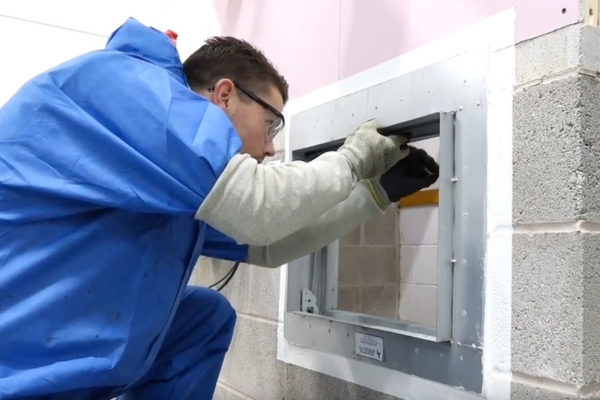A Complete Guide to Testing Fire Dampers

Are you looking to learn more about fire dampers and how to test them?
In 2018-2019, Fire and Rescue Services in England attended 182,825 fires. Buildings often have fire safety and fire protection systems to keep fires controlled. As a HVAC expert, you can lower the number of fire-related accidents when you check fire dampers.
Quick Definition: What Is a Fire Damper and How Does It Work?
A fire damper is designed to keep a fire from moving through ducting. This stops the fire in a building from crossing a fire barrier. It prevents fires from spreading to other areas in the same building.
Some fire dampers have a fusible link that melts when in contact with heat. This temperature (around 72 degrees) causes the damper to close. Others use an electric signal from the building’s fire alarm system. When they receive the signal, they close.
This closing and opening keeps the flames controlled. They work alongside fire doors and firewalls to contain the fire. Most fire dampers are installed near the wall or floor and are a part of the barrier they protect.
You can find smoke dampers, which close when they detect smoke. You can also use remote activation for smoke dampers. A fire/smoke damper protects ducting from smoke and fire. It operates on an electronic release when triggered.
Why Test Your Fire Dampers?
Regular testing of fire dampers is the key to fire protection and safety. If you fail to meet the requirements, you can get fined up to £10,000.
The person responsible failing at maintaining safety equipment can be imprisoned for 2 years. Regular inspection will also give you the chance to claim for fire damage on your insurance. To provide proof of regular maintenance, you can use fire dampers reports.
It helps to protect the reputation of a business or commercial building. Conducting tests also shows that the business owner cares about the lives of employees.
When Should You Test Fire Dampers?
The British Standard BS n9999 requires building owners to have fire dampers tested every year. These tests must include a few key elements. These key elements are as follows:
· Identification
· Inspection
· Testing
· Resetting
· Reporting
All dampers, no matter what operation method or type, must be tested. After the inspection and testing, resetting must always occur on every fire damper. Finally, the recorded reports will serve as proof of the fire damper inspections.
Who Can Test Fire Dampers?
Only competent and trained professionals can test fire dampers. This reduces the concerns about unqualified inspectors doing fire damper checks. If a record lists a contractor with no formal training, it becomes invalid.
If you’re an HVAC contractor, you can undergo our fire damper testing and inspection training. Our fire damper training complies with BS 9999. We will also give you the complete knowledge of what to do in complex situations.
What Occurs in Fire Damper Testing
A fire damper inspection will test for its integrity, insulation, and reduced leakage. These are the key functions of fire dampers. However, before a contractor can do their checks, they need to locate and access them first.
The contractor or inspector will ask the building owner for the building schematics. They may also number each one with labels to ensure accuracy. You can read about the other fire dampers testing requirements here.
Cleaning and lubrication are two of the duties of a fire damper inspector. After you find the locations of the fire dampers, you will clean and lubricate them next. Afterwards, you will conduct a drop test on every damper to make sure each one works.
If you see any faults, you must repair or replace them right away. You’ll also note any jamming, corroding, and other issues. You’ll record and highlight these issues in your report.
The next step is to reset each fire damper so they’re always ready to do the work they’re made to do. Finally, you’ll give your written report to the building owner to prove their compliance with BS 9999.
Other Things to Consider When Testing Fire Dampers
Accuracy is a vital factor in fire damper testing. Don’t forget to take photos of the fire dampers before and after you inspect and maintain them. Photographic evidence will also help you create an accurate and exact report.
Your reports may also include an inventory presenting every damper tested. Include the locations and numbers of each one you inspected and tested. You’ll also write down if the dampers passed or failed the drop test.
You can also write down recommendations of the work needed to carry out on fire dampers. These are other tasks the building owner needs to do for the fire dampers to ensure fire safety.
Finally, you can add drawings detailing the location of the dampers and their number.
Learn More About Testing Fire Dampers Now
Fire dampers are as essential as all other safety features in every building. If you want to ensure the safety of the businesses and people in the buildings in your area, complete our two-day fire damper testing and inspection course.
If you have questions about our fire damper testing and inspection course, please contact us today.





